Kendrick Lamar’s new album: The album America needs right now
February 12, 2016
We so often forget our roots. We gloss over the preface of violence and hatred that only The Land of The Free could possibly endure. We forget that, at one point, brothers slaughtered brothers for nothing more than a political dispute. Pride forged this nation from steel and gunpowder, and it is this same pride we’re supposed to feel when our children are made to stand in their classrooms every day with their hand over their hearts, pledging their lives to this country. Music so often speaks for us because the power of verse does not come from the words the artist chose, it comes from the emotion that each word can contain. Hip-hop has long had a stigma of ignorance attached to it, but the sound speaks for itself, and Kendrick Lamar is not your typical hip-hop artist. “To Pimp a Butterfly” is a cultural masterpiece, and, much like America, an analysis is required for one to fully understand the significance of this sonic revolution.
Lamar approached this album like a meticulous director. Every chorus is panned out, every piece of chaotic harmony framed in raspy vocals and thick bass. The stage has been set. Some may say that this album is trying to be conscious for consciousness’ sake, that the institutionalized sentiment of racism that is being exposed no longer exists in ‘our’ America. But then, the camera focuses in, and a crescendo builds in the background. A separate culture is realized to run parallel to our own, a culture once so persecuted and annexed that even sitting at the front of a bus was cause for arrest and imprisonment. We learn history so as not to repeat it, and in this same vein we tell our children stories so that they can learn from the past. The African American community has not forgotten, and neither have their children. Stories told by grandparents in hushed whispers find themselves reinvigorated on an average evening news cycle. History class has failed, and it is time for America to once again take a seat.
Kendrick Lamar Duckworth was alive for the Rodney King Trial and Los Angeles riots, for Ronald Reagan excess and the turbulent 90s. He has seen the faces of black teens shot dead in the streets plastered on television screens, and he’s heard their deaths discredited as “thugs looking for trouble.”“To Pimp a Butterfly” is both a vivid introspection and a haunting anthem for a community that has been victimized, alienated and discriminated. Kendrick Lamar will teach you about his hometown of Compton, California, and by doing so, teach you about America.
Every track is as colorful and deep as it is amazing to listen to. From the funky, sex charged rhythm of “These Walls,” the thick and angry ballad of hypocrisy on “The Blacker the Berry,” to the solemn piano and brooding lyricism of “How Much a Dollar Cost” (a song which Obama called his favorite of 2015), every song begs to be heard over and over, to be tasted and sampled endlessly. Some of the tracks overflow with confidence and hope and a love of self. Other times, Lamar is weak and vulnerable, battling demons of his own creation with a pure heart that struggles to see itself. The album begins with a distanced introspection of stigmatic oppression in the song “Wesley’s Theory.” Never taught how to manage their finances, African-American stars, namely Wesley Snipes, find themselves running into trouble with the law, seemingly, the moment they find the success they’ve struggled so long to obtain. The track is a warning shot. Lamar and his team packed it full of chaotic instrumentation. the style ranging from jazz to pop-funk, dilluded psychedelic bass lines screaming in the background that harbor the sounds of the late sixties. The message is clear, this is not a regular hip-hop album. This kind of vivid introduction to such an anticipated album immediately points to Lamar’s poise in an increasingly corrupted and sold out industry, and the self awareness he possesses to be able to recognize the kind of influence he can have not only among his peers, but indeed among every person who dares to look past the rough exterior of the hip hop genre for such a unique and powerful listening experience. More than anything, the vision and, in particular, the thought and obvious artistic talent that is evident in each and every aspect of this album makes each song more enjoyable than the last. This is selfless art, both a hilarious comedy (For Free?) and a needed therapy session (Complexion), an eloquent novel (Mortal Man) and a crowning of sorts (King Kunta). From alcoholism to murder, money troubles to crack-cocaine, Lamar tackles each problem with vivid, entrancing, uncompromising wordplay and dangerous, jazzy drums, trumpets and snares that capture the deep troubled sounds of the black experience in America. You can hear the influence that such collaborators as Sly Stone, George Clinton, The Isley Brothers and Erykah Badu have had on Lamar’s funkadelic musical style. Compared to his last full length album, “good kid, m.A.A.d city,” it is easy to see that Lamar has found a deeper meaning to his art, and the delineation from the slightly poppy, albeit memorable, songs on GKMC points to a shift away from this somewhat ‘easy’ lyrical form to something far greater.
But not everyone is in agreement about this album’s renown or Lamar’s social impact. Critics have pointed to the overwhelming ‘blackness’ of the album as off putting for casual listeners. They call out the overarching style as having watered down Kendrick’s contribution lyrically. Critic Justin Charity of Complex News questioned Lamar’s thinking on his choice to change his familiar sound. “Why, in 2015, would a recently platinum-selling rapper make a jazz album?” he asks, to which I respond simply, “Because he can.” On the track “Average Joe” off his mixtape “Overly Dedicated,” Lamar raps, “I don’t do black music, I don’t do white music. I do everyday life music.” In the chaotic, racially charged time that was 2015, Lamar found his voice, willingly choosing to go the path less traveled by mainstream artists, making an album full of his everyday, soul and life, death and survivor’s guilt, releasing it not when the timing was right, but when it was absolutely necessary.
Everything about “To Pimp a Butterfly” is careful, but not in an atypical way. Lamar does not skirt around issues, but instead, takes the necessary steps, both in his music and in his daily life, to insure that it is exactly these issues that are brought to light. How does a man, making his living in an industry that is know for it’s extravagant ignorance and glut, remain a straight edge, practicing Christian? Like a ghetto guru, Lamar recognizes the influence he can have and he’s preached until his voice has gone hoarse, literally. The gospel is rhyme and verse, the Ten Commandments the rules of the streets on which he grew up. Maybe the biblical comparisons should be left to Kanye West, but Lamar does not short himself on his standing in the world, either, going as far as to compare himself to Nelson Mandela. While the comparison to Mandela is farfetched, the reasoning is not. Mandela’s fight to end apartheid echoes the sentiments of the civil rights movement here in the United States. The establishment had to be torn down, the establishment that built itself on the backs of others. Hip-hop began like this country. It was built from a sound and a culture already born of soul and anger and hope for the future. There is not a piece of this album that attempts to be anything it’s not, and that is an essential piece of history, both for hip-hop and for America at large. This is the power in Lamar’s unique talent for wordplay. This is an album of action, an album of change. Lamar recognizes that communities are suffering. Across the country, people of color are finding more and more that the color of one’s skin determines the kind of justice they’ll find within the American court system. Following a slew of violent, avoidable and supposedly racially predicated deaths, Lamar used his experience growing up in a town that is notorious for it’s corrupt police department to make a comprehensive soundtrack designed to spur the kind of change so many people rallied for this summer. The song “Alright,” accented with sharp trumpets and loud, funky bass, found itself at the center of the news media during the height of the “Black Lives Matter” movement. Protesters across the country screamed it’s chorus, “We gon’ be alright,” as they sat in the streets of towns that echoed the characteristics of Compton Lamar addresses in the song. The anthem was everywhere, and even more recently, following his historic 11 Grammy nominations, a video was released showing people all around Compton singing this anthem, both a powerful message for the resilience of his community, and a harsh criticism of the kind of immense odds that are seemingly stacked against these residents, simply for living in their “m.A.A.d city.”
From jubilation, anger and disappointment, Kendrick Lamar created a masterpiece that was hailed as a classic from the moment it dropped in mid-March, 2015. The jazzy, at times wispy and eloquent genius of Lamar is evident from the bitter beginning to the humbling end. Many songs on the album end with a spoken word poem, which is revealed in the finale “Mortal Man” to have been read to a one Tupac Shakur, who Lamar has said visited him in a dream, and in this dream told him, “Don’t let my music die.” Like Tupac, Kendrick has not faltered in any of the role he plays, whether that be the role of hip-hop superstar, the role of rap industry mogul, or the role of Kendrick Lamar Duckworth, born to two parents from Chicago who decided to name their first son after singer Eddie Kendricks, and in doing so, forged the most recognizable and influential name in hip-hop today. He is carrying the torch, and his stride has only gained more confidence with the breathtaking monologue of prejudice, self loathing and guilt that is “To Pimp a Butterfly.”


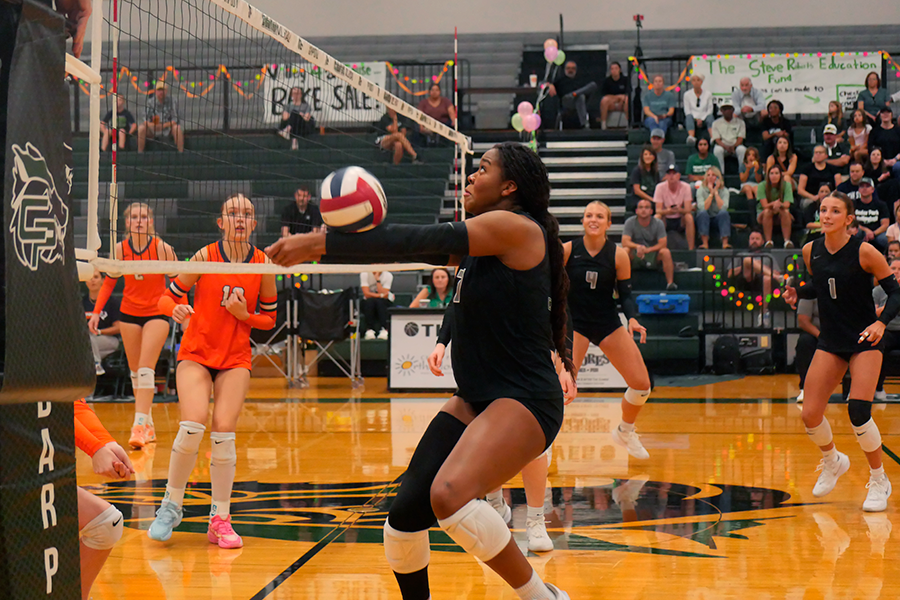
![Jumping off the ground, senior linebacker Bennett Patton snatches the ball out of the air for an interception at Thursday’s game against Chaparral. Patton had two interceptions in the 56-14 victory, tying the school record for interceptions in a game. “I was just playing the game,” Patton said. “[I’m] going to go into next week, forget about it and stay humble.” Photo by Harper Chapman](https://cphswolfpack.com/wp-content/uploads/2025/09/bennett-interception.jpg)
![The fire department came to the school after students were evacuated when smoke started coming from the ceiling of a classroom. All students and staff are safe. “All of my friends left their stuff too, so we couldn’t contact our parents, and it was stressful,” senior Brynn Fowler said. “It was scary because I didn’t know [what was going on], and I couldn’t find anyone because it was a big crowd.” Photo by Anthony Garcia](https://cphswolfpack.com/wp-content/uploads/2025/09/firetruck.jpg)
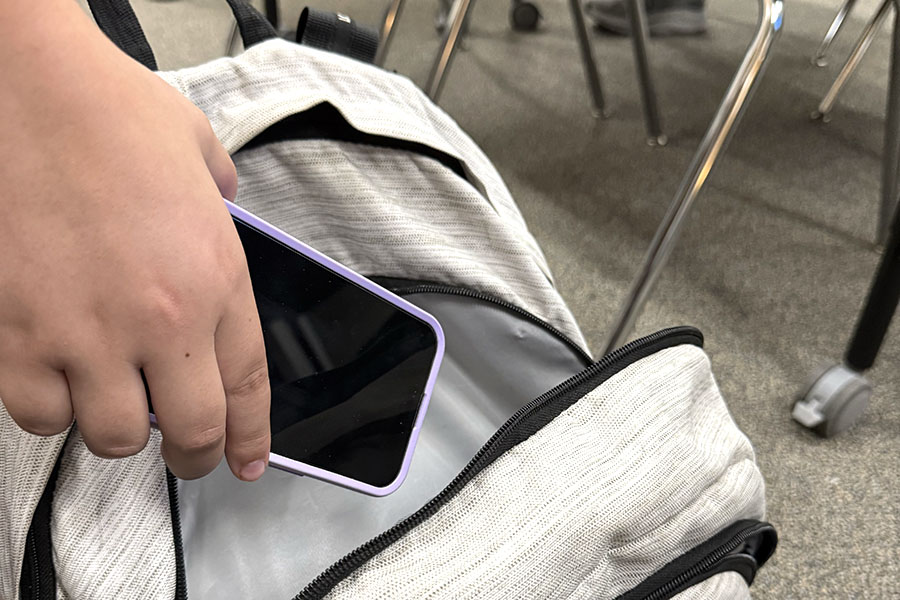

![Sitting with her friend senior Sohpia Struve at last year’s Austin City Limits Festival, senior Ava Zuniga poses for a picture under a pavilion. They are frequent attendees at ACL, an annual music festival at Zilker Park. “I would recommend seeing a bunch of people,” Zuniga said. “This past year, we camped out for Chappell [Roan] for a really long time. I think the whole point of ACL, [which] is a lot of fun, is that you can go see so many different people, even if you don’t know them. So by camping by one person, it really limits yourself from being able to go see a bunch of people.” Photo courtesy of Ava Zuniga](https://cphswolfpack.com/wp-content/uploads/2025/10/EE9E9484-FE6F-4AA0-B5F5-0C177AB32841-1200x857.jpeg)
![Broadcast, yearbook and newspaper combined for 66 Interscholastic League Press Conference awards this year. Yearbook won 43, newspaper won 14 and broadcast took home nine. “I think [the ILPC awards] are a great way to give the kids some acknowledgement for all of their hard work,” newspaper and yearbook adviser Paige Hert said. “They typically spend the year covering everyone else’s big moments, so it’s really cool for them to be celebrated so many times and in so many different ways.”](https://cphswolfpack.com/wp-content/uploads/2025/05/edited-ILPC.jpg)


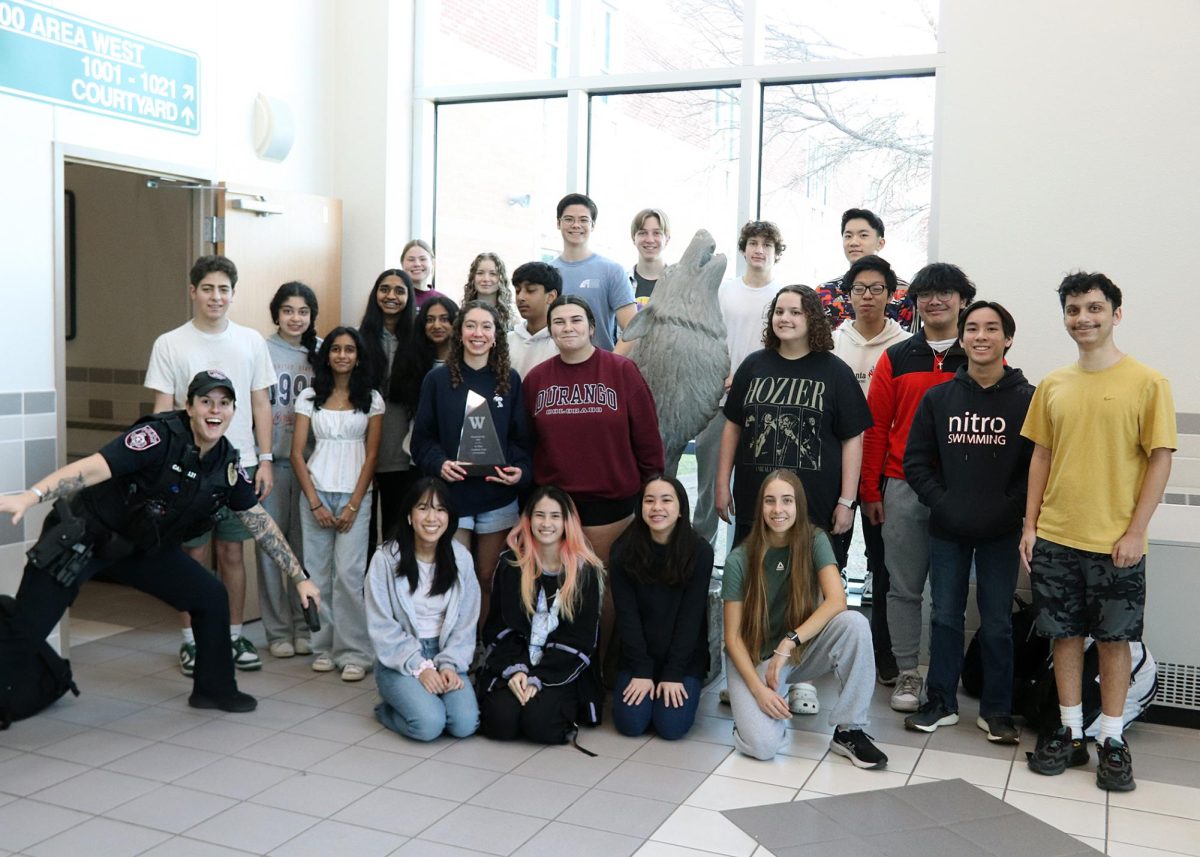

![Looking down at his racket, junior Hasun Nguyen hits the green tennis ball. Hasun has played tennis since he was 9 years old, and he is on the varsity team. "I feel like it’s not really appreciated in America as much, but [tennis] is a really competitive and mentally challenging sport,” Nguyen said. “I’m really level-headed and can keep my cool during a match, and that helps me play a bit better under pressure.” Photo by Kyra Cox](https://cphswolfpack.com/wp-content/uploads/2025/09/hasun.jpg)
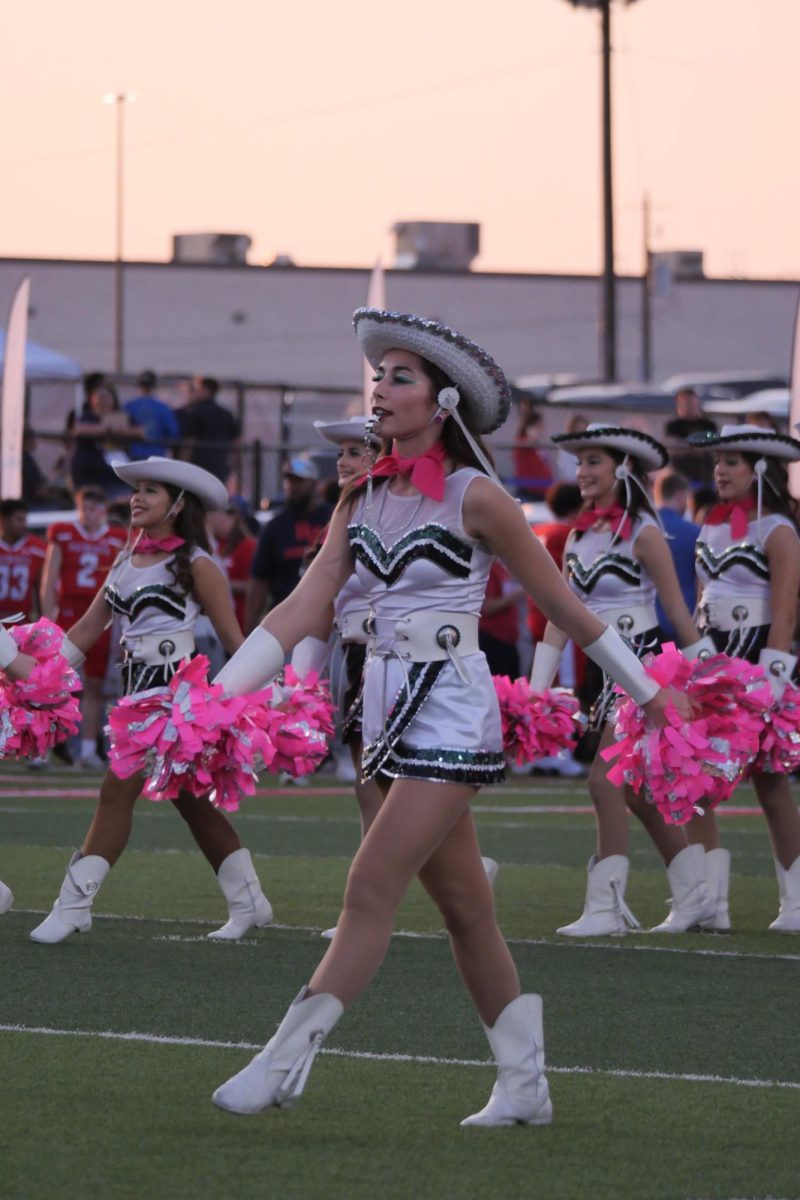

![Bringing her arm over her head and taking a quick breath, junior Lauren Lucas swims the final laps of the 500 freestyle at the regionals swimming competition on date. Lucas broke the school’s 18-year-old record for the 500 freestyle at regionals and again at state with a time of 4:58.63. “I’d had my eye on that 500 record since my freshman year, so I was really excited to see if I could get it at regionals or districts,” Lucas said. “ State is always a really fun experience and medaling for the first time was really great. It was a very very tight race, [so] I was a bit surprised [that I medaled]. [There were] a lot of fast girls at the meet in general, [and] it was like a dogfight back and forth, back and forth.” Photo by Kaydence Wilkinson](https://cphswolfpack.com/wp-content/uploads/2025/03/Kaydence-2.7-23-edit-2.jpg)
![As the support team sits and poses for a photo in the cafeteria with the counseling team they eagerly wait to start their day. "We [all] seem to be a team, I get up every day and there's days where I don't want to go to work today, but I'm thankful that I have a job and I'm blessed to have what I have," Christopherson said. Photo Courtesy of Julie Weltens.](https://cphswolfpack.com/wp-content/uploads/2025/01/AF9E8470-10D7-4C91-BF28-EC8F86BAB66C-1200x852.jpeg)
![Officer Stephanie Cash is in her second year as an SRO at CPHS. “Seeing [students] grow over the years has been kind of cool,” Officer Cash said. “Freshmen that [are] all over the place and then in the next couple of years get a little more squared away and go to class and do work and start thinking about the future. Being a part of a student's growth is the best way to measure my success as an SRO.” Photo Courtesy of Cedar Park Police Department's PIO, Alicia Gallagher.](https://cphswolfpack.com/wp-content/uploads/2024/12/CPHS-SRO-900x1200.jpg)
![As he sprints with the ball, senior running back Trae Hill breaks a tackle during Friday’s 35-14 loss against the Vandegrift Vipers. Hill ran for 135 yards and two touchdowns during the game. “[Scoring] was electric,” Hill said. “It always feels good to score, but the O-line did everything.”](https://cphswolfpack.com/wp-content/uploads/2025/09/IMG_0795allie.varfb_-1200x799.jpg)








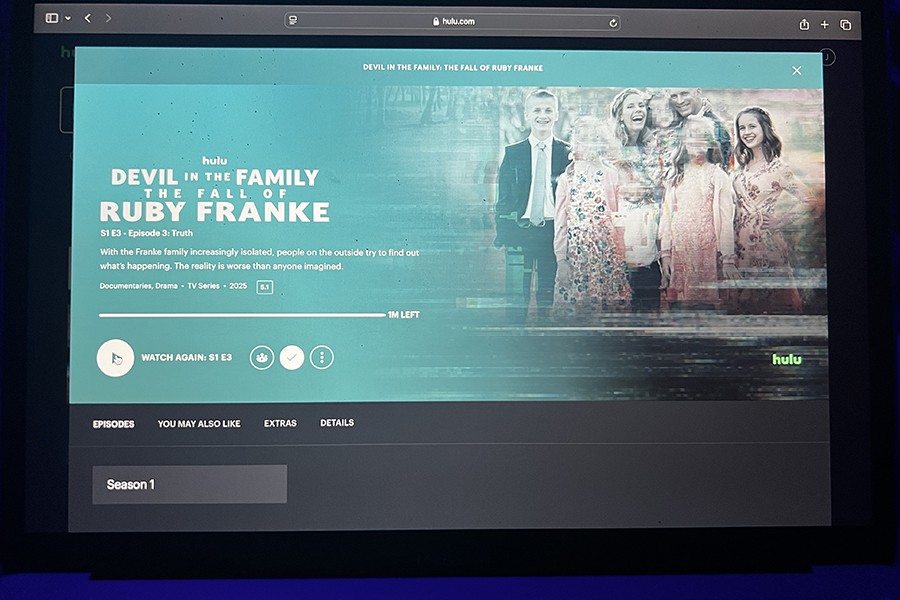










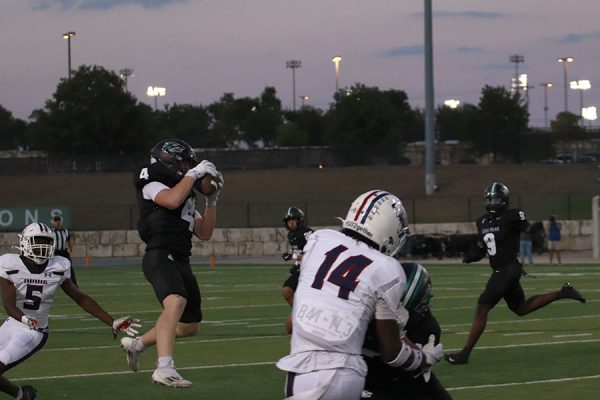

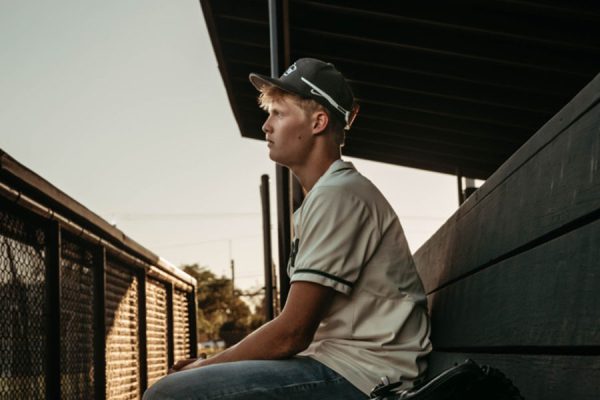



![The fire department came to the school after students were evacuated when smoke started coming from the ceiling of a classroom. All students and staff are safe. “All of my friends left their stuff too, so we couldn’t contact our parents, and it was stressful,” senior Brynn Fowler said. “It was scary because I didn’t know [what was going on], and I couldn’t find anyone because it was a big crowd.” Photo by Anthony Garcia](https://cphswolfpack.com/wp-content/uploads/2025/09/firetruck-300x200.jpg)

![Finishing her night out after attending a local concert, senior Grace Sauers smiles at the camera. She recently started a business, PrettySick, that takes photos as well as sells merch at local concert venues. Next year, she will attend Columbia Chicago College majoring in Graphic Design. “There's such a good communal scene because there [are] great venues in Austin,” Sauers said. “I'm gonna miss it in Austin, but I do know Chicago is good, it's not like I'm going to the middle of nowhere. I just have to find my footing again.” Photo Courtesy of Grace Sauers.](https://cphswolfpack.com/wp-content/uploads/2025/04/Grace-300x225.png)


